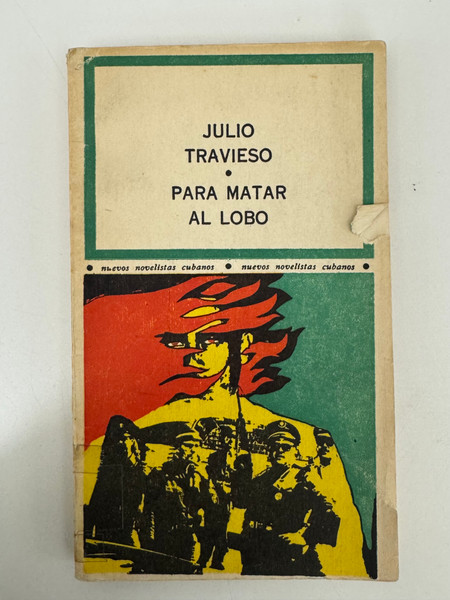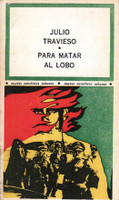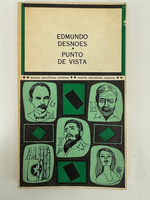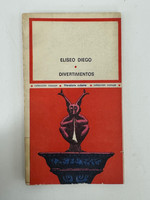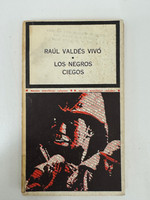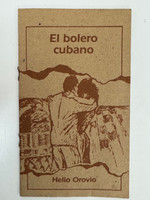- Travel
-
Exhibits
- La Portada Cubana
- Immortal Cuba: Artists Take on Their Heroes
- Seattle Poster Exhibit
- Sandra Dooley & Alejandrina Cué
- The Art of Wayacón
- Cuban Folk Art
- Cuba In Black And White
- 25 Years of Cuban Art Space
- Summer Folk Art Expo
- ¡SPRING AWAKENING FROM CUBA!
- Celebrating The Art Of Cuban Women
- Celebrating Paper, Affordable Art from Cuba
- Art of the Revolution
- Outsider Art
- Lost and Found
- En la lucha: Celebrating Cuban Women and Their Art
- Cuban Art Stash
- 100 Fires: 5 Cienfuegos Artists' Work on Paper
- Waya + Monte! Magic Realism in Cienfuegos
- Viva Cuba Viva! Poster Show
- Cultivando Sueños
- Black Lives Matter in Cuba Jan 9-March 27
- Leandro Soto: Crónicas visuales
- Cuban Canvas
-
Archive
- Global Reflection 2018: Spirit and Community
- Exhibit in the cloud: Contemporary Works on Paper
- MADE IN CUBA! MINNEAPOLIS EXHIBIT
- Cuban Posters and Photography from CCS collection
- AUTUMN SALE! Sept/Oct 2017
- SPRING ARTS AND CRAFT SALE
- Vuelo Directo/Non Stop: Alberto & Alejandro Lescay
- The Many Faces of Fidel
- Somos
- Made in Cuba!
- The US empire in Cuban graphics
- Made in Cuba/Seattle exhibit
- Entre Nos
- Looking Back
- Cuban Art Space
- Membership/Donate
- About Us
- Cuba News
-
The cover of "Para matar al lobo" (To Kill the Wolf) exemplifies Raúl Martínez's revolutionary poster aesthetic, featuring a powerful graphic composition in bold blocks of red, yellow, black, and green. The design depicts silhouetted revolutionary figures with raised fists beneath a torch or flag, embodying the militant spirit of Cuba's underground resistance. The stark color palette and high-contrast imagery reflect the visual language of Cuban revolutionary graphics from the late 1960s and early 1970s.
Published as part of the "Colección Cocuyo" (Firefly Collection) series dedicated to "nuevos novelistas cubanos" (new Cuban novelists), this work represents the Instituto Cubano del Libro's commitment to promoting emerging revolutionary literature. Julio Travieso's debut novel dramatizes the clandestine student struggle against the Batista dictatorship, chronicling the heroism, hatred, love, and death that defined Cuba's revolutionary period.
Julio Travieso (b. 1940, Havana) was himself a participant in the student struggle against Batista before pursuing economics studies at Lomonósov University in Moscow, graduating in 1965. Prior to this novel, he had published two collections of short stories. "Para matar al lobo" portrays the "jaurías de lobos uniformados" (packs of uniformed wolves) that terrorized Cuba during the dictatorship's most repressive period, and the young revolutionaries who chose to fight back despite the unequal and brutal combat. The book was printed in August 1971 during the "Año de la Productividad" (Year of Productivity), with an initial run of 10,000 copies.
Raúl Martínez (1927-1995) was one of Cuba's most influential graphic designers and painters, known for integrating pop art techniques with revolutionary themes and creating iconic imagery for Cuban cultural institutions throughout the 1960s and 1970s.
-
-
Discover More at the Center for Cuban Studies

